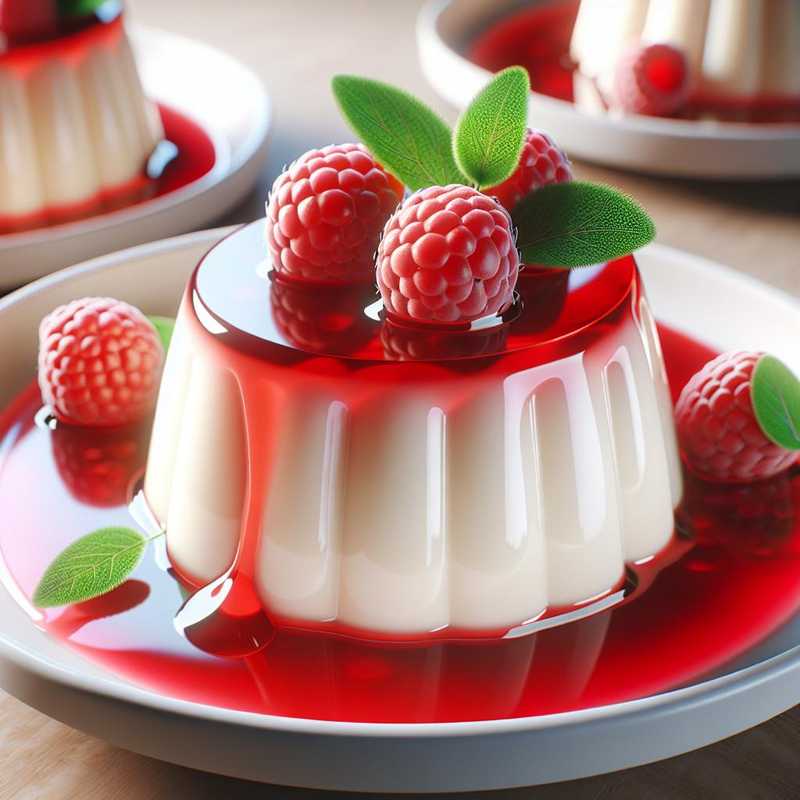Raspberry Panna Cotta
17/11/2023Raspberry Panna Cotta is a delicious and sophisticated dessert, perfect for concluding a special dinner or for a festive occasion. Here is the traditional recipe with a nod to the Italian variation, of course!
Ingredients
- 500 ml of fresh cream
- 100 g of granulated sugar
- 1 vanilla pod (or 1 teaspoon of vanilla extract)
- 8 g of gelatin sheets (or fish glue)
- 150 g of fresh raspberries (plus some for garnish)
- 50 g of icing sugar (for the raspberry coulis)
- Water (for hydrating the gelatine)
Preparation
- Soak the gelatin in cold water for about 10 minutes until it becomes soft.
- Pour the cream into a saucepan and add the granulated sugar. Split the vanilla pod in half lengthwise and scrape out the seeds, adding them to the cream. If you prefer, you can use vanilla extract.
- Heat the cream over medium heat, stirring until the sugar has completely dissolved. It is not necessary to bring to a boil, but only until the cream is quite hot.
- Squeeze the softened gelatin to remove excess water and add it to the hot cream, stirring until fully dissolved.
- Strain the mixture through a fine sieve to remove any lumps or excess vanilla seeds.
- Pour the cream into individual molds or into one large mold. Allow to cool to room temperature before refrigerating for at least 4 hours, or even better, overnight to set the Panna Cotta well.
- In the meantime, prepare the raspberry coulis by blending the fresh raspberries with the icing sugar, then passing everything through a sieve to remove the seeds.
- When ready to serve, briefly immerse the mold in hot water to facilitate unmolding the Panna Cotta and invert onto a serving plate.
- Serve the Panna Cotta with the raspberry coulis and garnish with some fresh raspberries.
For an all-Italian variation, you could replace part of the cream with mascarpone for an even creamier and more velvety touch.
Curiosity
Panna Cotta, whose name literally means “cooked cream”, originated in the northwestern Piedmont region of Italy in the early 1900s. It is said to have been invented by a Hungarian woman living in the area, and then became a classic of Italian pastry loved all over the world.
